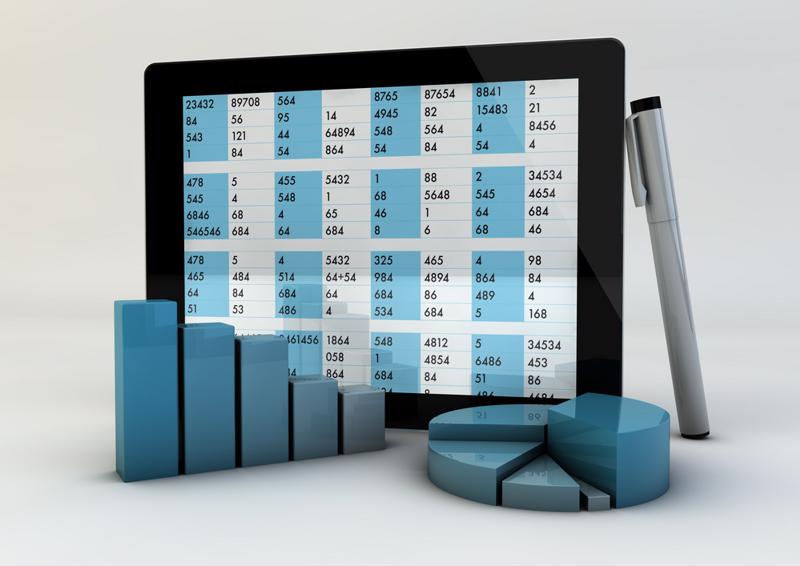"If it isn't broken, don't fix it." That motto may be common thinking in supply chain operations, where leaders are concerned with preventing any breaks or disruptions in their routines. While it seems prudent and wise on the surface, taking such an approach can have harmful long-term effects on logistics operations. The present era is a time of rapid change and development, especially in the technological sphere, and sticking with "old faithful" IT operations could weaken companies' future prospects.
Reaching a next-generation of supply chain effectiveness will require some traits that depend on modern technology, such as interoperability and high-speed communications. While IT should be regarded as a means to an end rather than an objective in itself, organizations that hang back on upgrades may find themselves outpaced by competitors.
Many businesses cling to older software
One of the most persistent cases of using old technology may involve everyday office software. While newer and more specialized systems have advantages over basic spreadsheet applications such as Microsoft Excel, the latter category has been remarkably persistent in logistics back offices. Supply Chain Dive reported that recent Adelante SCM and BluJay Solutions research revealed the extent to which old-fashioned spreadsheets remain present.
In fact, according to the survey, more than two-thirds of respondents still have Excel spreadsheets as part of their tech lineups. The presence of the old-fashioned Microsoft application was more notable at late-adopting supply chain tech users than organizations on the cutting edge, with rates of 78 percent and 56.3 percent, respectively. With that said, it's worth mentioning that more than half of businesses in each category use Excel sheets.
As for what parts of the company are employing these outdated tech solutions, the results show a variety of answers. Some logistics professionals work with supplier assessment and rate forecasting in Microsoft Excel. In the warehouse, leaders can operate many spreadsheets, tracking disparate parts of the operation. As Supply Chain Dive noted, the operation of spreadsheets is problematic because Excel is heavily manual. When users stick with old-fashioned software instead of purpose-built enterprise resource planning and warehouse management systems, they may be limiting their speed and leaving themselves open to errors.

Treating data in the same way it has been used for decades - keeping it in local, manually updated spreadsheets, may be a liability today. That raises the question of what companies can accomplish with their information. Supply Chain Management Review pointed out the importance of the cloud in the future of operations. Companies are using cloud-based storage to communicate information instantly and work with both external and internal stakeholders effectively.
The products that have been presented as replacements for Excel - WMS and ERP - are being run in the cloud, according to Supply Chain Management Review. Organizations are using these cloud-based sources of data truth as building blocks for their overall operations. Using promising future-focused tech tools such as artificial intelligence algorithms or internet of things sensors will be difficult to accomplish unless there is a central repository for the data, namely one located in the cloud.



Post A Comment:
0 comments so far,add yours